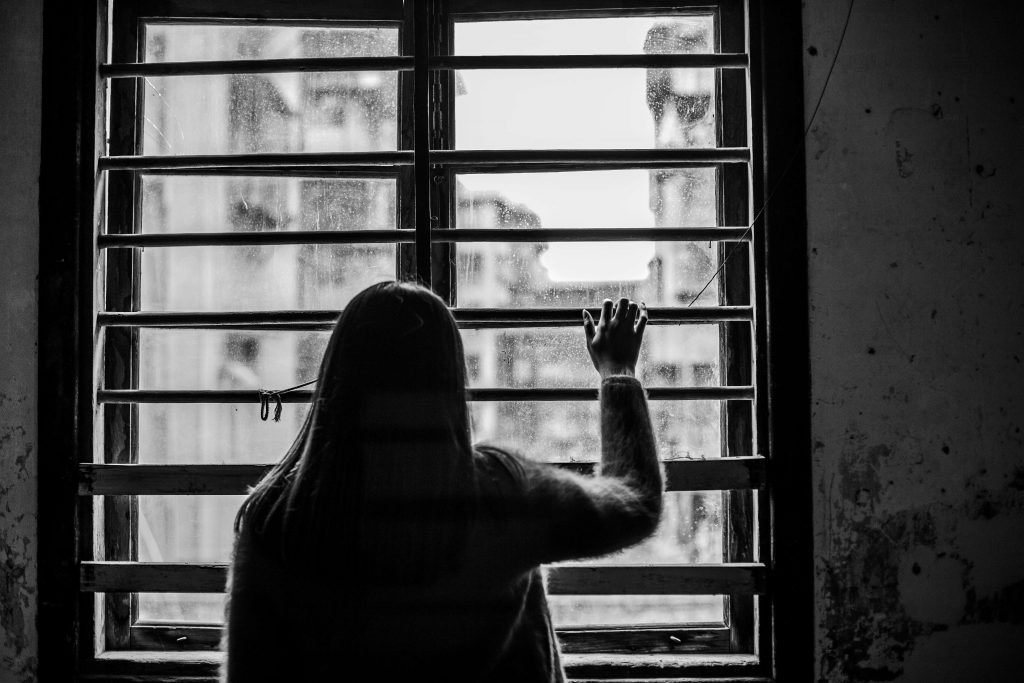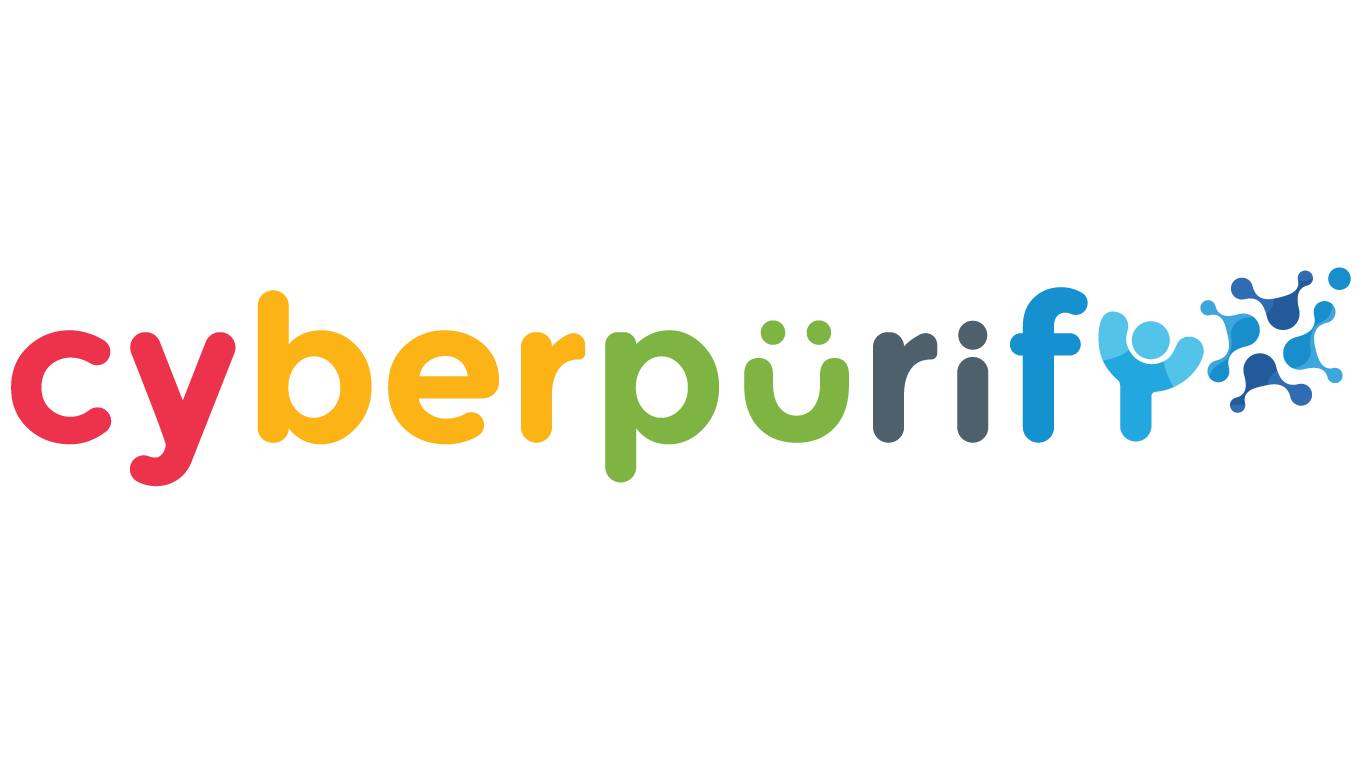Along with the Internet, cyberbullying is becoming more vicious and happening 24/7 in the virtual world. Cyberbullying can be anonymous, not traceable, and spread faster than ever. There have been cases of young victims who took their life due to online harassment: Ashlynn Conner, Megan Meier, Hailee Lamberth, etc. you name it.
Preventing cyberbullying doesn’t mean avoiding all the Internet tools and refusing their utilities to our life. Instead, parents need to keep an eye on what will harm their child’s online environment by constantly learning and updating knowledge.
This article will summarize what cyberbullying is, why online bullying is so serious, and what types of bullying are there.
What is Cyberbullying?
Bullying is when someone has deliberately repeated behaviors of using words or actions to hurt other’s feelings, making them feel bad, embarrassed which, in the long term, can lead to anxiety, depression, self-harm or even suicide.
Cyberbullying is another form of bullying, using technology like the internet, emails, social media, smartphones, online game communities, etc. to harm people.
Anonymity is a major problem in online bullying because without knowing who the culprits are, it is impossible to identify and prevent them.


How serious is Cyberbullying?
Cyberbullying is different and more dangerous than a traditional form of bullying because victims can be watched anywhere at any time, whether at home or school. This is likely due to the increasing use of electronic communication devices such as computers and cell phones, and communication platforms such as the Internet by all people, including young people.
While 95% of teens are using smartphones, 87% of young people have seen cyberbullying occurring online, so there’s a higher risk of potential harm for your child. Also, more than a third of young people have ever encountered cyber threats online and more than half did not tell their parents when cyberbullying occurred.


Source: Getty Images via Kyodo
You may probably know Hana Kimura, a Japanese professional wrestler, has died at the age of 22. She had been cyber-bullied. This somehow proves that the more the Internet develops, the more serious cyberbully becomes. Bullying happens everywhere on Facebook, Twitter, Instagram, Snapchat, emails.
Types of Cyberbullying
Typical form of cyberbullying – Flaming
Flaming is a very typical and frequent form of online bullying. Flaming refers to an online fight or heated controversy that takes place through email, instant messaging, or chat rooms.


A person is viewed as Flaming when they make statements, inciting anonymity with the sole purpose of deflecting an online chat or provoking other participants in the discussion.
This is a type of openly online bullying that adds harsh, more brutal images and language to add emotion to messages being conveyed or possibly make an individual feel bad by constantly leaving negative comments on social media posts to hurt their emotions.
Outing
Outing is when a bully publicly displays or sends or forwards personal information such as a person’s home address, phone number or other personal data and private information such as photos and video as well as chats such as text messages, emails, or instant messages.
Find this helpful? You also love these:
Most of this information is quite sensitive, sexually related, and sharing private, confidential, or embarrassing photos can be devastating and potentially damaging to your child – especially in a world where digital information can be instantly shared with thousands of people.
Exclusion
Exclusion occurs whenever someone is forced out of an online chat group for some reason. The rest of the group will then do whatever they can to ridicule the excluded person through annoying messages, comments, and emails.
Exclusion is also common in GroupMe – a messaging app but mostly for group chats. In GroupMe, adding and removing members of a group chat has also become a way to bully and isolate.


Every time a group member is added or removed, a notification is displayed as part of the group chat announcing their departure, leaving behind the results of exclusion and a sense of hurt.
Cyberstalking
Cyberstalking is one of the most common forms of bullying and it includes a multitude of different forms of online harassment for children. It can be in the form of text messages, emails, direct messages (DM), and comments on social media posts. It can even take the form of personal attacks from the bully’s own social media profiles.
Bully, for example, frequently sends out offensive and malicious messages that target an individual or a group. These messages are sent at strange times of day and even at night for personal harassment. Typically, Cyberstalking can include threats of physical harm, such as “I’ll shoot you”.


Disguise
Disguise is a form of online bullying in which the abuser is disguising someone else online. This is pretty easy as it only takes a few seconds for a kid to create a fake email address and a fake social profile. They can easily download a photo from the internet or another profile for increased authenticity.
Another way is to impersonate someone and use that person’s identity to send malicious messages to others with the intent of damaging the victim’s reputation.
Pseudonym
This involves using fictitious names such as nicknames, aliases or pseudonyms to haunt others online. This is aimed at hiding anonymity and creating another online bullying so that the victim is more vulnerable to not knowing who the bully is.


Signs your child is being online bullied
A cyberbullied child is often embarrassed and afraid of encountering more bullies if the bully knows he/she has told an adult, so they may hesitate to talk about his or her day. They didn’t tell you anything doesn’t mean everything is okay, you must be able to spot the signs indicating your child is the victim of cyberbullying:
-Skip school
-An unexplained dip in academic performance
-Be shy, anxious, depressed, stressed out
-Mood swing
-Lose interest in favorite activities
-Changes in sleeping or eating habits
-Stop using the computer or any device that connect to the Internet
-Or worse, attempt self-harm or threaten suicide, etc.


Final note
Now you know what cyberbullying is, what forms of cyberbullying are and how it left horrible consequences on your kids. We believe the article above will help you have an overview of cyberbullying so that you can educate your child better, once done, you can find out if your child is being online bullied or not.
However, cyberbullying is just one of the hundreds of online threats out there sneaking to harm your child, it also has pornography, drugs, bloody, horror content, etc. that only a small exposure to them can make your child trouble sleeping/eating.


To ensure your child’s online environment is safe and healthier, you should consider using an additional online content filtering tool – considered by many parents as one of the best free parental control software to hide 15 types of harmful content on the Internet, including:
- Pornography
- Horrifying content like gore, accidents, ghosts, violence, murder, terrorism, etc
- Content about stimulants, addictive substances such as alcohol, beer, marijuana, drugs, etc
- Content with aggressive elements, hurting others like Hate speech
This free porn blocker extension can help to minimize your child’s access to harmful content, ensuring a healthy online environment for your child but at the same time, not invading their privacy rights.
Wise modern parents are always proactive in bringing the best for their children. To better protect your child from all porn sites, for all internet-connected devices your child use, you should pre-order Wifi Device, becoming the first parents to own the solution which 24/7 protects your kids from harmful websites. Best prices are always available for early birds!
Try and you might love this:















